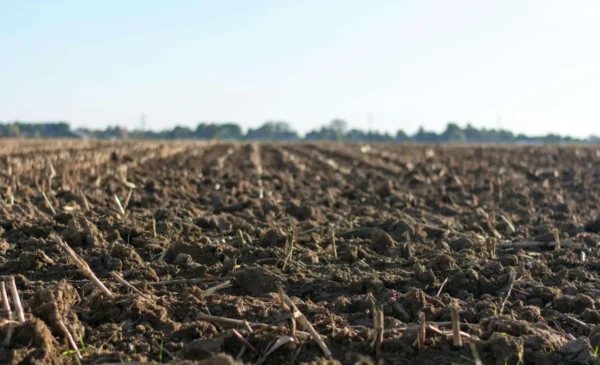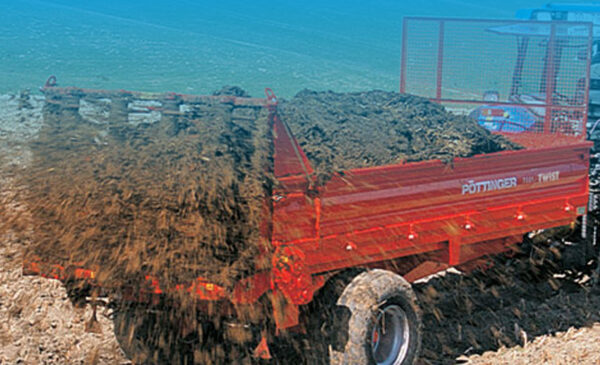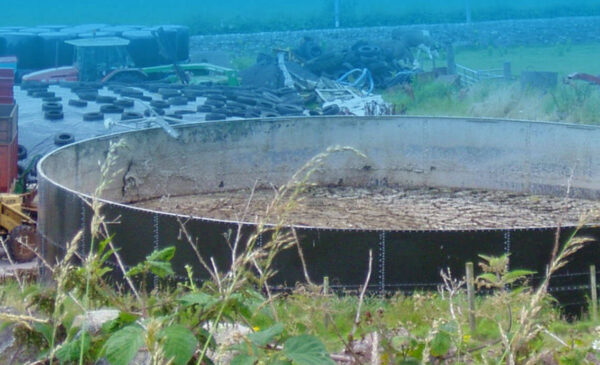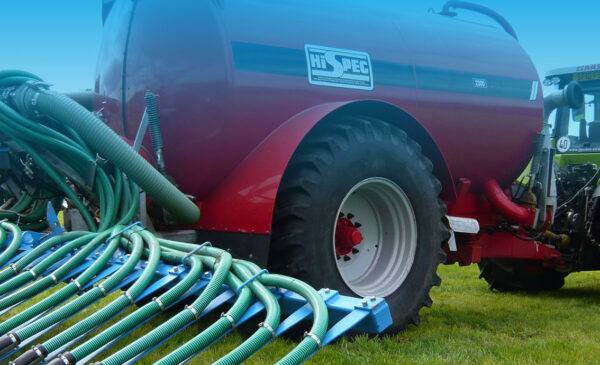Introducing the 4 Point Plan
The 4 Point Plan (4PP) contains simple ideas and information on how to reduce dirty water around the farm, improve nutrient management, carry out a land risk assessment for manure and slurry (RAMS) and manage your water margins.
Taking these steps could benefit your business in a number of ways:
- Financial. Better use of inputs can lead to savings. For example, making best use of slurry and manures, could help you to reduce your fertiliser bill or target nutrients to where they are needed most. This could save you money.
- Improve business efficiency. Following the guidance in The 4PP could help you improve your business efficiency; this could be through better water management around the steading or saving time on slurry spreading operations.
- Comply with Scottish regulations and protect farm payments. The 4PP gives a step-by-step approach to carrying out a steading diffuse pollution audit and RAMS (Risk Assessment for Manure and Slurry) plan. It could help you comply with Scottish regulations relating to diffuse pollution, cross compliance and wider protection of the water environment.
- Enhance your green credentials – demonstrate you are helping to reduce diffuse pollution risks and cut greenhouse gas emissions, raising the profile of the agricultural sector within your community and giving you a business advantage.
Since the 4PP was first introduced in 2003, there has been a much greater focus on tackling rural diffuse pollution risks. The 4PP pack has been revised to bring it up to date with current legislation, such as the Diffuse Pollution General Binding Rules (GBRs), cross compliance and good agricultural practice.
The plan was developed with guidance from working farmers, industry specialists, SAC Consulting, NFUS (National Farmers Union Scotland), SEPA (Scottish Environment Protection Agency) and Scottish Government.
What is ‘diffuse pollution’?
Diffuse pollution is a gradual and sometimes unnoticed seepage of material from several sources into the surrounding environment, making it hard to define, locate and control.
It may seem like an unnoticeable amount of soil or dirty water runoff leaving the farm is not worth worrying about. However, over time, this can add up to a significant loss of soil and/or nutrients from your farm, and have a lasting impact on water quality, sometimes taking years to correct. Farm runoff can contain faecal bacteria and other pathogens, making it a risk to wildlife, livestock and human health.
Spreading slurry too close to a watercourse or during wet weather increases the risk of runoff and diffuse pollution. Magnified over several fields, this small unintentional loss will add to the concentration of nutrients and bacteria downstream, potentially leading to the pollution of freshwater burns, rivers, coastal waters and groundwater.
Priority Catchments have been identified as some of Scotland’s most important waters (for conservation, drinking water, bathing and fishing). With support from other agencies, SEPA is working with farmers in these catchments to raise awareness of diffuse pollution risks and to achieve compliance with environmental legislation. The 4PP can help you to identify diffuse pollution risk and achieve compliance.
If you are in a Nitrate Vulnerable Zone (NVZ), additional guidance is available. The NVZ “Guidelines for Farmers in Nitrate Vulnerable Zones” explains manure storage requirements and gives an in-depth description of how to draw up a fertiliser and manure plan to comply with the NVZ Action Programme.
What’s in the 4PP and how can it help you?
The 4PP is split into the following sections:
- Section 1 looks at managing dirty water around the steading with a handy steading dirty water audit.
- Section 2 helps you calculate the amount of slurry and manures collected from housed livestock and calculate the potential nutrient value.
- Section 3 gives a step-by-step guide to creating a risk assessment for spreading manure and slurry (RAMS map) on your land.
- Section 4 provides ideas about how to reduce poaching around watercourses from livestock.
- Appendices list some useful information such as how to calculate a slope and links to additional publications.
You can use the information in the 4PP to review current practices, identify financial savings and reduce pollution risks from your farm. These elements can also be used to inform a Farm Slurry and Manure Management Plan (FSMMP) (previously referred to as a Farm Waste Management Plan (FWMP)) and carry out your own diffuse pollution audit and/or nutrient budget, for example using tools such as PLANET Scotland (see Appendix 1).

Making best use of nutrients on the farm – a Farm Slurry and Manure Management Plan
Manures and slurries contain valuable plant nutrients. Key to making best use of these nutrients…

Better Nutrient Use
Livestock manures are a valuable source of nutrients and organic matter, helping to support soil…

Managing Dirty Water Around the Steading
Dirty water around farm buildings may seem insignificant, but it can contain valuable nutrients and…

Managing Water Margins
How we manage land can have a big impact on surrounding water quality. Spreading operations…

Risk Assessment for Manure and Slurry (RAMS) Map
A RAMS map looks at land suitability and takes into account pollution risks when spreading…



